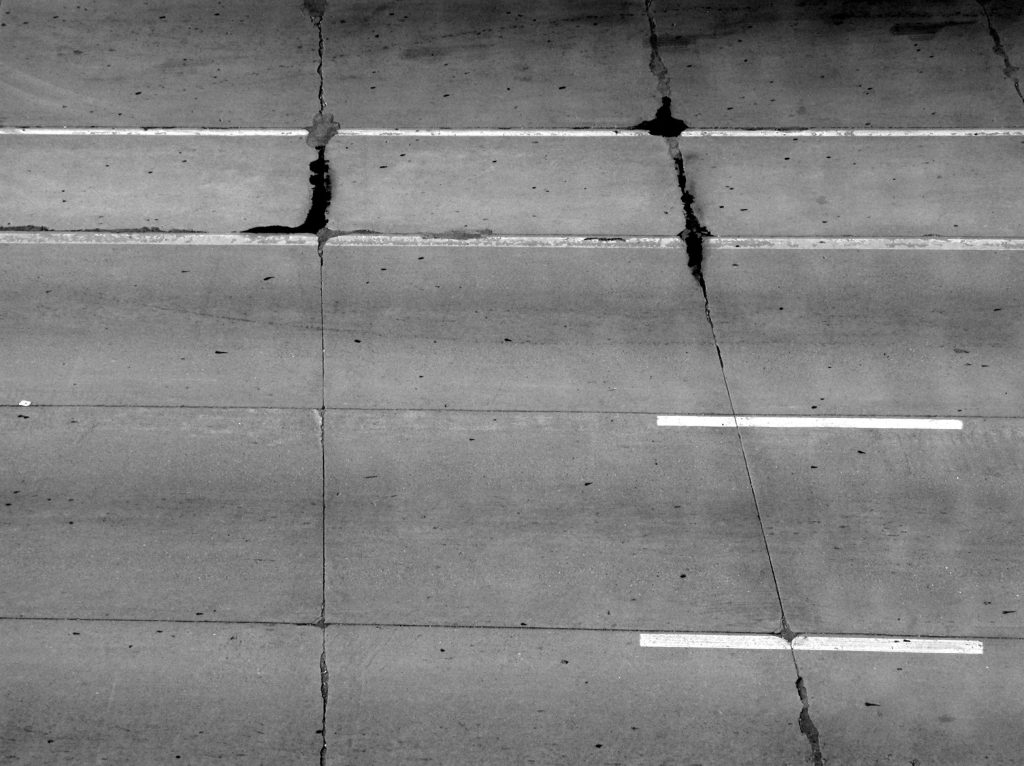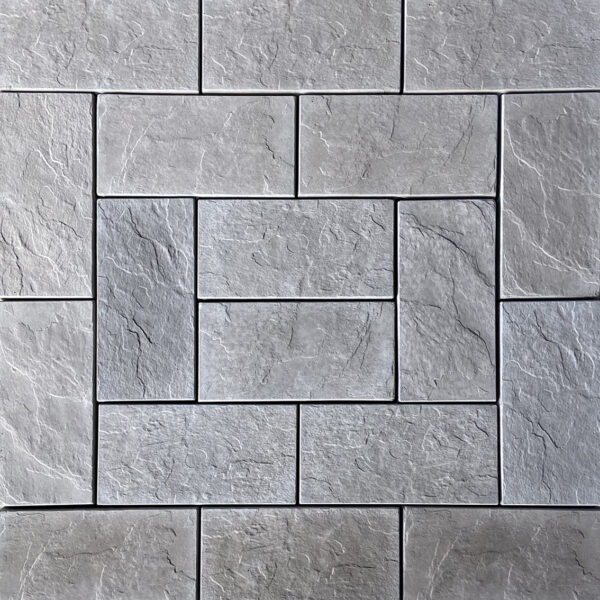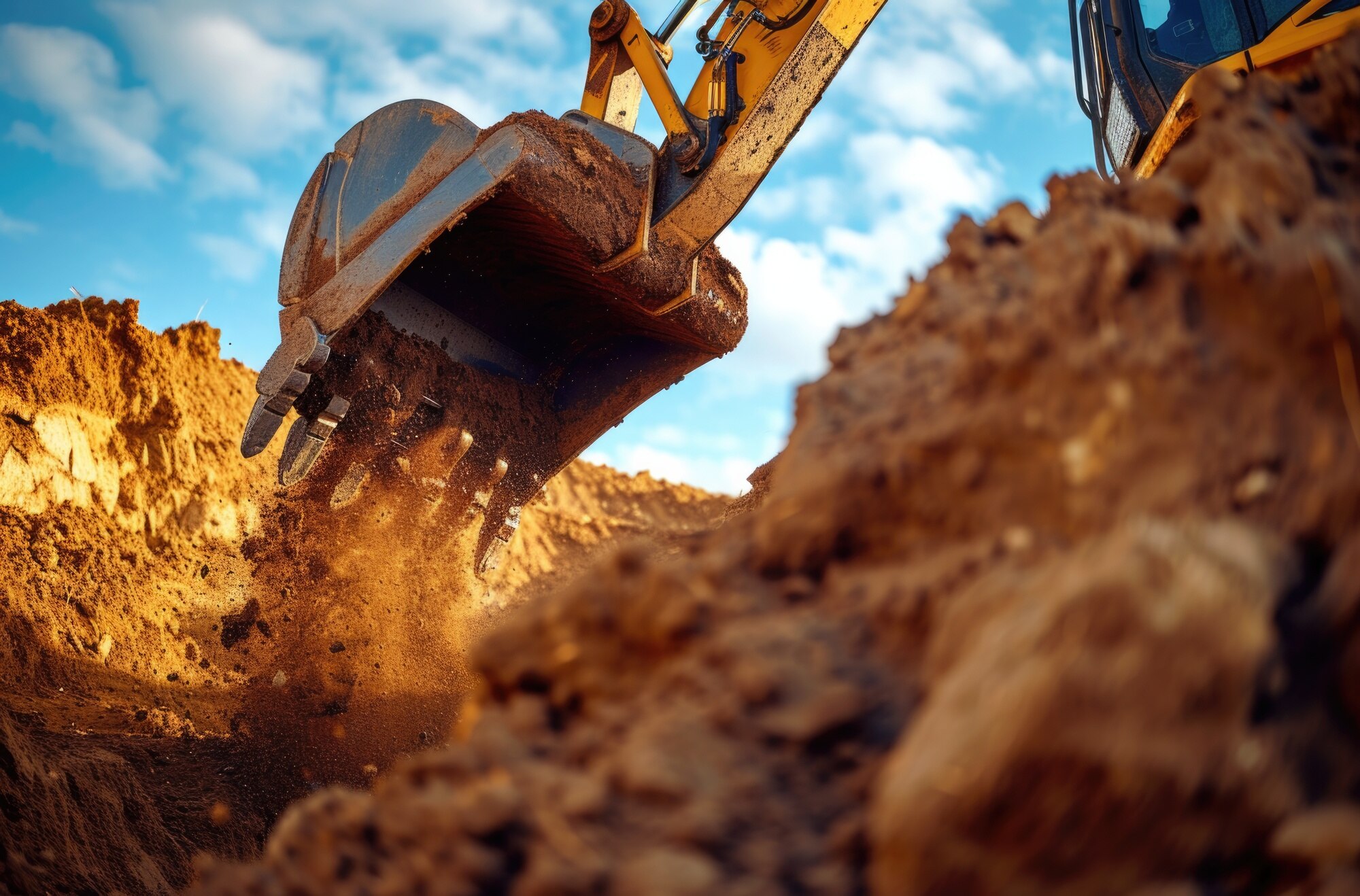When it comes to driveway options, the choice often boils down to permeable pavers versus concrete.
Both options have their merits, but which one offers the best value for your money?
In this article, we delve into the permeable pavers vs concrete cost debate. We’ll compare the initial investment, long-term maintenance costs, and potential savings from environmental benefits.
We’ll also consider factors such as durability, aesthetic appeal, and the impact of local climate and regulations.
Our goal is to provide you with a comprehensive understanding of the total cost of ownership for both options.
By the end, you’ll be equipped to make an informed decision that suits your specific needs and budget.

Understanding Permeable Pavers and Concrete
Before we dive into the cost comparison, let’s first understand what permeable pavers and concrete are.
Both are popular materials used for constructing driveways, walkways, patios, and other outdoor surfaces.
However, they differ significantly in their composition, functionality, and environmental impact.
Here’s a brief overview of each:
- Permeable Pavers: These are made from concrete, plastic, or stone and are designed to allow water to pass through.
- Concrete: This is a hard, durable material made from cement, aggregate, and water. It’s known for its strength and longevity but is impermeable.
What Are Permeable Pavers?
Permeable pavers are a type of paving system that allows water to pass through the surface into the ground below.
This functionality helps manage stormwater runoff, replenish groundwater, and reduce the heat island effect.
The Basics of Concrete
Concrete, on the other hand, is a traditional paving material known for its strength and durability.
However, it’s impermeable, meaning water cannot pass through it, leading to runoff and potential flooding issues.
Initial Costs: Permeable Pavers vs. Concrete
When it comes to initial costs, concrete often comes out cheaper than permeable pavers.
The cost of concrete can vary, but it’s generally less expensive per square foot than permeable pavers.
However, the initial cost is just one part of the equation.
It’s also important to consider the long-term costs and benefits, which we’ll discuss later in this article.
Factors Influencing the Initial Cost
Several factors can influence the initial cost of both permeable pavers and concrete.
These include the size of the area to be paved, the complexity of the design, and the cost of labor in your region.
Material costs can also vary depending on the type of permeable pavers or concrete you choose.
Long-Term Savings and Environmental Benefits
While permeable pavers may have a higher initial cost, they can offer long-term savings.
These savings come from reduced maintenance costs and potential stormwater management benefits.
Permeable pavers are also more environmentally friendly than traditional concrete, which can be a significant advantage for eco-conscious homeowners or businesses.
Let’s delve deeper into these aspects.
Maintenance and Durability
Permeable pavers are known for their durability and low maintenance requirements.
Unlike concrete, they are less prone to cracking and can withstand freeze-thaw cycles better.
This means fewer repairs and replacements over time, leading to cost savings in the long run.
Environmental Impact and Stormwater Management
Permeable pavers have a significant environmental advantage over concrete.
They allow rainwater to seep into the ground, reducing runoff and helping to replenish groundwater supplies.
This can also reduce the need for costly stormwater management infrastructure, providing another potential area for long-term savings.
Aesthetic and Practical Considerations
Beyond cost and environmental impact, aesthetics and practicality also play a role in the choice between permeable pavers and concrete.
Permeable pavers offer a wide range of design options, while concrete provides a more uniform look.
Practical considerations such as local climate and regulations can also influence the decision.
Design Flexibility and Aesthetic Appeal
Permeable pavers come in a variety of materials, colors, and patterns, offering more design flexibility than concrete.
This allows homeowners to create a unique look that complements their property.
On the other hand, concrete offers a sleek, modern aesthetic that some may prefer.
Climate and Local Regulations
Climate can affect the performance and longevity of both permeable pavers and concrete.
For instance, in areas with heavy rainfall, permeable pavers may be more beneficial due to their ability to manage stormwater.
Local regulations may also encourage or require the use of permeable surfaces, which can influence the overall cost-effectiveness of the choice.
The Verdict: Evaluating Total Cost of Ownership
When comparing permeable pavers and concrete, it’s crucial to consider the total cost of ownership.
This includes not only the initial installation cost but also long-term maintenance, repair, and replacement costs.
Here’s a quick summary:
- Initial cost: Concrete is usually cheaper to install, but permeable pavers can offer long-term savings.
- Maintenance cost: Permeable pavers typically require more regular maintenance, but this can be offset by their durability and longevity.
- Replacement cost: While concrete may need to be completely replaced if damaged, individual pavers can be replaced as needed, potentially saving money in the long run.
Return on Investment and Property Value
Permeable pavers can also offer a good return on investment by increasing property value.
Properties with permeable surfaces may be more attractive to eco-conscious buyers, potentially leading to a higher selling price.
Moreover, the aesthetic appeal of permeable pavers can enhance curb appeal, further boosting property value.
Making the Right Choice for Your Needs
Ultimately, the choice between permeable pavers and concrete depends on your specific needs and circumstances.
Consider factors such as your budget, local climate, and regulations, as well as your aesthetic preferences.
Remember, the cheapest option may not always be the most cost-effective in the long run, so it’s important to consider all factors before making a decision.
Conclusion
In conclusion, both permeable pavers and concrete have their pros and cons.
The best choice depends on your specific needs, budget, and long-term plans for your property. Always consider the total cost of ownership, not just the initial cost, when making your decision.








